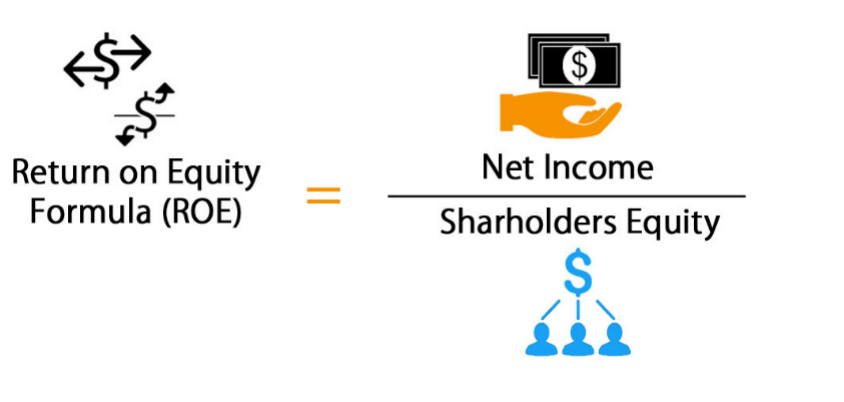Before investing, first, understand these financial terms
Many people don't know anything about money management, and it can even be daunting. After all, there are a lot of financial terms and they seem obscure, so this article will explain the meaning of each financial term one by one. Capital protection ratio: Capital protection ratio refers to the ratio of the principal protection that investors can get when the product is about to mature. For example, when you buy a structured financial product from a bank, the description of the product reflects that the product's capital protection ratio is 70%, which means that the principal at maturity may be lost by 30%. It is important to look at the type of return and the percentage of capital protection when selecting a financial product.

If you want to have a proper tool for your investment, then you need to try to understand the different contents of the financial kinds. Treasury bonds: This is guaranteed by the state credit, not only the return is higher than bank deposits, high security, and no risk, the shortage is too many people to buy treasury bonds, so treasury bonds to buy sometimes to use robbery.
Money funds: These funds are also safer, with higher returns than bank deposits, and are also low-risk financial products. Corporate/corporate bonds: also lower risk, higher yield than deposits and treasury bonds, good flexibility, but subject to price fluctuation risk, less suitable for short to medium-term investment.
Bank wealth management: fixed-income bank wealth management products, yield is generally higher than deposits and treasury bonds, higher security, but must be held to maturity, suitable for one year of investment, but the starting point is relatively high, 50,000 to start, 200,000, 400,000 are available.
Gold: As a globally used tool to preserve and increase value, gold is highly liquid, although it still carries some risk, so it is important to choose the right time to invest in gold. Insurance: Insurance can mainly prevent risks, as an investment for a longer period, less flexible. 4321 law: 4321 law refers to the family income of 40% for housing and other investments, 30% for family living expenses, 20% for bank deposits for

emergency needs, and 10% for insurance.
This classic income distribution is a scientific way to manage money for emergencies. The law of compound interest calculation: do not get back the interest, interest rolling deposit, the time required to double the value of the principal is equal to 72 divided by the annual rate of return. For example, if you deposit $100,000 in a bank and the annual interest rate is 2%, how many years will it take to become $200,000 with interest rolling in every year? The answer is 36 years. The Law of 80: How much investment risk you can expect to tolerate and how much investment risk you can expect to tolerate. A reasonable proportion of high-risk investments to total assets is 80 minus the score of age, with a percentage sign (%) added. For example, stocks can account for 50% of total assets at age 30, while 30% is appropriate at age 50. However, the actual risky investment should be determined according to the actual situation of individuals and families, and appropriate adjustments can be made.

(Writer:Heery)





